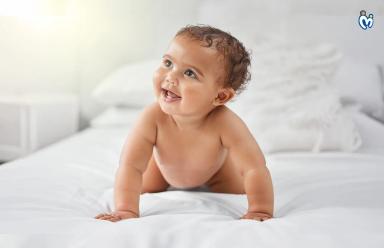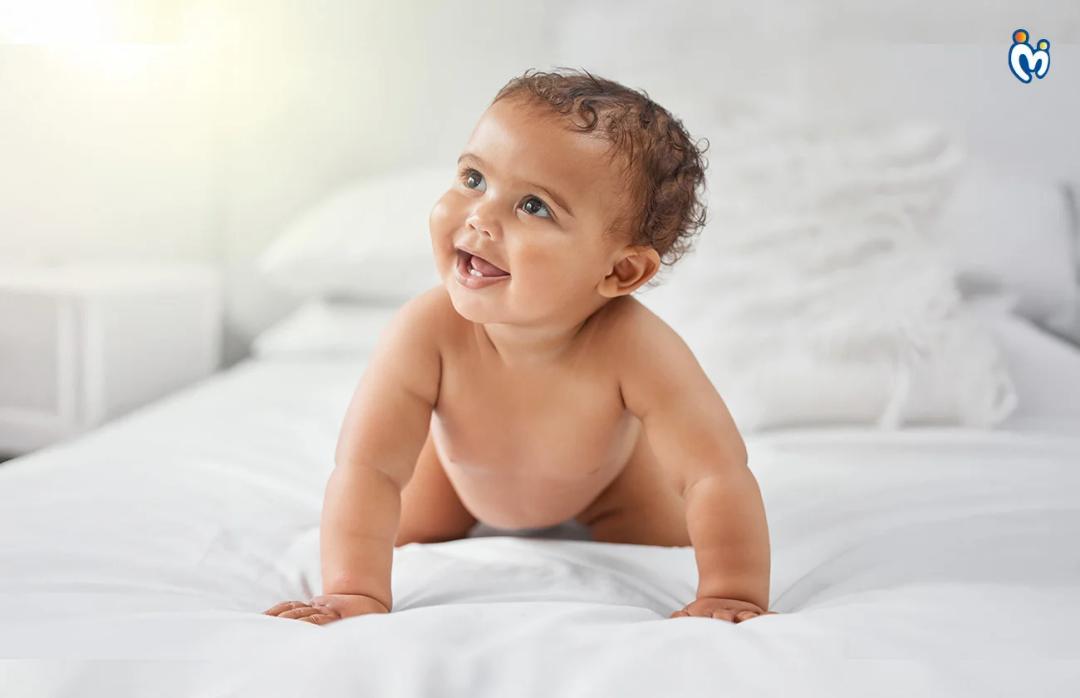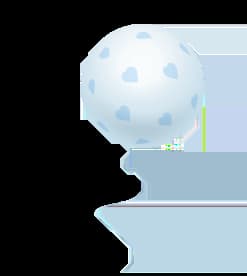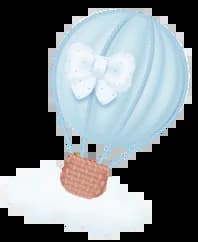When you decide to baby-proof your home, you need to see the space from the baby’s eyesight and perspective. Imagine all the places your baby can crawl to and touch. You can never imagine the places they can get into if you don’t think like them. Their new sense of mobility and curiosity gives them a different kind of freedom and makes them wander everywhere. They will start grabbing, pulling, and pushing things by rolling and dragging their bodies around the whole house. You will not be there to keep a watch over your baby all the time; hence, baby-proofing the home is important.
Assessment of the Nursery
The nursery is a key area where baby-proofing is essential. Since your little one will spend a significant amount of time here, it's essential to create a safe and child-friendly environment. Here are some steps to take:
- Place Baby Supplies out of Reach - Keep baby wipes and other supplies near the changing table but out of the baby's reach to prevent accidents or the ingestion of harmful substances.
- Ensure Crib Safety - Position the crib away from windows, heaters, and lamps to avoid potential hazards. Additionally, ensure that the crib slats are the appropriate distance apart to prevent entrapment.
- Maintain a Safe Environment - Avoid placing pillows, blankets, or toys in the crib to reduce the risk of suffocation or choking hazards.
Assessment of the Kitchen
The kitchen is a hotspot for potential hazards when it comes to baby-proofing. To ensure a safe environment for your little one, start by conducting a thorough assessment of the space. Given that it's likely an open area, relying solely on a gate to prevent access may not be sufficient, especially for curious explorers.
Here are some steps you can take to baby-proof your kitchen effectively:
- Install Modern Childproof Cabinet Locks - Invest in modern childproof cabinet locks, particularly magnetic ones that can be mounted on the inside of cabinets. This prevents little hands from accessing potentially dangerous items stored inside.
- Use Stone Knob Covers - Consider using stone knob covers to prevent babies from turning on burners if they can stand. This adds an extra layer of safety in the kitchen.
- Store Kitchen Supplies Safely - Avoid leaving kitchen supplies lying around and store them high up in cabinets that are out of reach for children. This is especially important for items that could be poisonous if ingested.
Assessment of the Bathroom and Laundry Room
While often overlooked, the bathroom and laundry room are important areas to baby-proof. Here's what you can do to ensure safety in these spaces:
- Install Latches on Cabinets - Install latches on medicine cabinets to prevent access to medications and potentially harmful household supplies.
- Monitor Bathwater Temperature - Use a thermometer to ensure that the bathwater temperature is safe for your baby to avoid burns or scalds.
- Secure the Toilet - Add a lock to the toilet to prevent access to toilet bowl water.
Assessment of the Car
Baby-proofing extends beyond the home, including your vehicle. Here are steps to take to ensure a safe car environment for your little one:
- Use a Rear-Facing Car Seat - Install a rear-facing car seat in the middle of the backseat to provide optimal protection in a collision.
- Block Sunlight with Shades - Apply stick-on shades to the rear windows to block harsh sunlight and protect your baby's delicate skin.
- Remove Choking Hazards - Regularly inspect the car interior and remove any small objects that could pose choking hazards to your baby.
Assessment of the Living Room and Home Office
The living room and home office are spaces where your baby will spend considerable time. Here's how to ensure they're safe environments:
- Protect Sharp Edges - Cover the pointed corners of coffee tables with padding to prevent bumps and injuries.
- Secure Windows - Install metal window guards with bars no more than four inches apart to prevent falls.
- Keep Cords Out of Reach - Ensure all electrical cords are out of your baby's reach to prevent strangulation accidents.
Assessment of the Bedroom
The bedroom is another crucial area to consider when baby-proofing your home. Here's how to ensure a safe sleeping environment for your little one:
- Secure Furniture - Anchor heavy furniture such as dressers, bookshelves, and nightstands to the wall to prevent tipping accidents.
- Choose Safe Bedding - Opt for firm mattresses and fitted sheets that fit snugly to prevent suffocation hazards. Avoid using loose bedding, pillows, or soft toys in the crib.
- Install Window Guards - Install window guards or safety locks to prevent your baby from opening windows and potentially falling out.
If you think your home is safe for the baby, think again. You can never be too sure when it comes to the safety of your crawling baby. The most important thing is to create a playful safe space for your baby to play around.
FAQ's
Q. Why is baby-proofing the home important before a baby starts crawling?
Ans.Baby-proofing is essential because babies become curious and mobile quickly. As they crawl, pull, and reach, they may access dangerous items or areas. Baby-proofing anticipates risks and minimizes hazards like sharp objects, electrical cords, chemicals, and choking hazards, ensuring your baby can explore safely even when you're momentarily distracted.
Q. What are the first steps to baby-proof a nursery?
Ans.Start by moving supplies like creams and wipes out of reach. Place the crib away from windows, heaters, and lamps, and use a firm mattress with no loose bedding or toys. Ensure the crib slats meet safety standards to prevent entrapment and keep the overall space clutter-free and hazard-free.
Q. How can I make the kitchen safer for my baby?
Ans.Install magnetic childproof locks inside cabinets, use stove knob covers, and keep sharp or toxic items in high, locked cupboards. Don't rely solely on baby gates. Babies can crawl quickly, and kitchens contain many dangers—from hot surfaces to cleaning chemicals—so consistent vigilance and barriers are crucial.
Q. What items should I include in baby-proofing the bathroom and laundry room?
Ans.Secure all cabinets with safety latches, especially those storing cleaning supplies and medicines. Use a bath thermometer to check water temperature before bathing your baby. Install toilet seat locks and always close washing machine and dryer doors to prevent access. These rooms can pose serious risks if overlooked.
Q. How do I ensure my car is baby-proofed for travel?
Ans.Install a rear-facing car seat in the center backseat for maximum protection. Use window shades to block UV rays, and regularly check the car for choking hazards like coins or bottle caps. Avoid hanging hard or small toys on the car seat that could become dangerous in a collision.
Q. What safety precautions should be taken in the living room?
Ans.Cover sharp corners on furniture with protective padding. Anchor bookshelves and heavy décor to the wall. Keep electrical cords hidden or out of reach. Use window guards if the room is not on the ground floor. Babies often play here, so ensuring a soft, hazard-free space is key.
Q. How do I make my bedroom safe for a baby?
Ans.Anchor heavy furniture to prevent tipping, and install window guards. Use a firm mattress with snug-fitting sheets and avoid loose bedding, pillows, or toys in the crib. Keep nightstands clear of small items. Always ensure cords from blinds or chargers are far from the baby’s reach.
Q. Can baby-proofing reduce the risk of serious injuries?
Ans.Yes, baby-proofing significantly lowers the risk of common household injuries such as falls, burns, poisoning, and choking. By proactively securing furniture, blocking access to harmful substances, and removing small or sharp objects, you create a controlled environment that supports your baby’s safety during their most curious stage.
Q. At what age should I start baby-proofing the house?
Ans.Begin baby-proofing before your baby starts crawling—usually around 6 months. Babies develop quickly, and waiting until they’re mobile may be too late. Preparing early ensures a safe environment for exploration and gives you time to assess every area thoroughly without rushing important safety steps.
Q. What are some often-missed spots when baby-proofing a home?
Ans.Parents often overlook low drawers, laundry hampers, floor lamps, under-furniture gaps, and dangling cords. Pet food bowls, trash cans, and open baskets can also attract curious babies. Assessing your space from a baby's point of view can reveal hidden dangers you might otherwise miss.
















